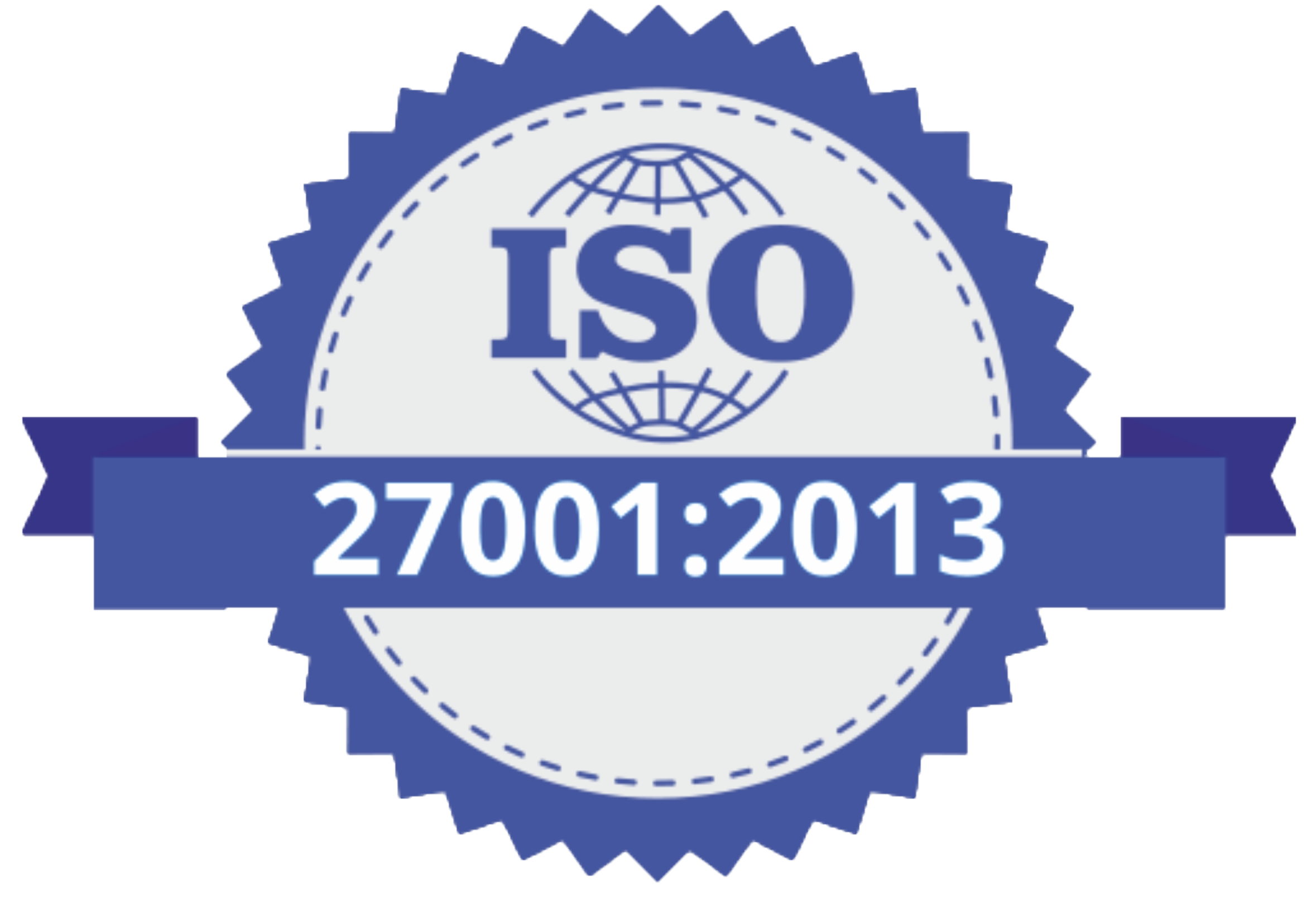With expectations to innovate higher than ever, IT leaders must ensure they have the right culture, skills, and alignment with business value when pursuing innovative IT initiatives.
Years into digital transformation, and decades into the IT function itself, many CIOs still fall short when it comes to innovation.
Tech debt, budget constraints, and overloaded staff schedules are among the top reasons IT leaders cite for scuttled innovation attempts.
Indeed, 50% of C-suite execs surveyed for a 2023 report on digital transformation from fintech company Broadridge admitted they struggle to balance innovation with daily tasks. And 83% of leaders surveyed for tech company Lenovo’s 2023 Global Study of CIOs said they were concerned that they’ll have insufficient funds to properly invest in innovation and transformation.
Moreover, only 54% of companies have a clear innovation strategy, according to a 2023 report on innovation from consulting firm Protiviti, with 41% still developing one and 5% having neither a strategy nor plans to create one.
0 seconds of 29 secondsVolume 0%
Those figures come as CIOs more than ever are expected to innovate, with 43% of respondents to Foundry’s 2023 State of the CIO survey viewing the CIO role as increasingly more digital and innovation-focused.
“It is nearly impossible to separate the business strategy from the organisation’s technology strategy. Given this, it is critical that the CIO drive technology innovation in order to drive the overall business strategy,” says Marcus Murph, head of CIO Advisory at professional services firm KPMG.
So, where’s the disconnect between the drive to innovate and the ability to deliver?
Although innovation always carries risk, there are common mistakes that CIOs tend to make that heighten the chances of innovation failures. Experts in the space point to the following 10 issues derailing innovation efforts.
1. Failing to tie innovation to business value
If innovation is happening on the company’s dime, company heads want to know how it could benefit them. Otherwise, they won’t support and fund even promising work.
“The single biggest underlying reason I see for innovation failures is the inability to tie the innovation back to some business value,” says Krishna Prasad, chief strategy officer and CIO at UST, a digital transformation solutions company.
“I see CIOs who do quite well with proof of concepts and showing [in a lab environment] how something could work, but it’s a different ballgame if you want to implement it into a production environment,” he explains. “And to take that jump to production, you have to be able to say how it improves experience, productivity, cash flow, or revenue. You have to be able to tie it back into something that’s meaningful.”
2. Not aligning innovation with business objectives
Similarly, CIOs need to align their innovation efforts with the business’s overall strategy.
“We all want to work on cool stuff, but if CIOs don’t have a clear roadmap of where the organisation wants to go, if the innovation doesn’t align with those strategic goals, then it’s going to be challenge to get innovation approved, funded, and to move it forward,” says Saby Waraich, CIO of Clackamas Community College and president-elect of the Portland chapter of the Society for Information Management (SIM).
For example, Waraich says, if a company wants to become the leader in its industry, and IT is focused on using technology to branch off into a new space, that’s probably not going to fly; the company won’t want to divert resources to a side project that takes it away from its goals even if the idea is intriguing. But if IT develops a new product or service that will help the company retain existing customers and attract new ones, the executive team will be much more likely to back that project.
3. No big-picture perspective
Many IT leaders also fail to see external issues that could impact the innovative ideas they’re developing, Prasad says.
Consider, for example, innovations around generative AI — something that nearly all organisations are pursuing. Yes, the tech has lots of promise for those who can figure out how to harness its potential. But to make gen AI deliver for your company, you need not just imagination but also the IT environment, data, and governance to run with your big ideas.
“This shows that many challenges with innovation aren’t actually about the technology; there are different issues that can come up,” Prasad adds.
4. Not building the right culture first
The Protiviti study found that 28% of organisations consider their culture as a barrier to innovation, meaning they don’t have an environment that supports the collaboration, curiosity, and exploration required for success.
Venu Lambu, CEO of Randstad Digital, a digital enablement partner, says organisations with an environment where workers are “too stressed out, measured on short-term goals and are project-focused, don’t give an incentive for people to think beyond the quarter or the next six months.”
In other words, there’s no room for ingenuity in that environment, he says, adding that innovation can thrive only when workers have permission to experiment, fail, learn, and try again.
To build that kind of workplace, Lambu advises CIOs to take deliberate steps: Organise hackathons, adopt design thinking to put problems at the centre of the ideation process, set goals to encourage teams to think more innovatively, and then give them the resources to do so.
“If you have a structured learning program, evolve it into solving business problems as workers learn new technologies. Give them challenges. That can lead to some brilliant ideas,” he adds.
5. Not being brilliant at the basics
Innovation cannot come at the cost of doing the IT fundamentals flawlessly, says Kumud Kokal, CIO of Farmers Business Network.
Workers at all levels of the enterprise now expect their on-the-job technology to work as easily as their personal tech. As a result, what constitutes flawless is higher today than it has ever been.
“Everything you deliver should be simple to use and available on multiple platforms. Everything has to be plug-and-play. It all just works. That’s how you build trust,” Kokal says.
But IT also needs to be humming along so its own workers have the bandwidth to experiment, he adds. Otherwise, the IT team spends too much time dealing with problems that pop up.
Kokal acknowledges the challenges of getting to that flawless state, and he says that getting to that state doesn’t happen overnight. CIOs may need to put off innovation work to focus first on improving overall IT operations, modernising, optimising, and automating — a path Kokal says he himself has pursued as CIO.
But he says he found that, “once all that [improvement] happens, IT can consider being more innovative and the business will trust that IT can help.”
6. Underestimating needed skills
Many CIOs lack the skills they need to innovate. That’s not a surprise, as IT leaders often have challenges filling rank-and-file positions let alone roles focused on bleeding-edge technologies, where experienced workers are in short supply and command high salaries.
“It can get cost prohibitive to get the talent you need, or the timelines to hire them are too long. That means either delays, or you’re working with suboptimal talent, which can derail innovation,” Prasad says.
Consider this statistic from the Protiviti study: 28% of organisations rank talent (upskilling, staff retention, resource capacity) as one of the top three challenges when it comes to their ability to innovate.
CIOs could fill in the skills gap by “finding ways to leverage the broader ecosystem,” Prasad says. He has seen, for instance, CIOs successfully partner with academic institutions and vendors, while other CIOs are more conscientious about getting their staffers trained in the skills required to develop and test inventions.
7. Ignoring small innovations
“Everybody looks at innovation as trying to create the lightbulb, and the lightbulb is pretty hard to figure out. Where I think success is, is to start small, gain the trust of the organisation, listen to the real problems, use innovation to solve problems for the business, and then build on that brick by brick,” says Antonio Taylor, vice president of infrastructure, services, and security at Transnetyx and marketing chair for SIM’s Memphis chapter.
He adds: “That’s still being innovative. You might not make the lightbulb, but you can figure out how to make lightbulbs smaller and turn them into Christmas lights.”
Taylor cites a few benefits to this approach. First, it brings a sense of satisfaction to those doing the work, which in turn encourages and empowers the IT team — helping to build that innovation culture. Second, it creates more trust between IT and the business, helping to bring IT into more room for conversations with the business. And third, it supports transformation.
“Something that’s not brand new but still different, or something that’s small, those can still be disruptive and help shift the business,” Taylor says. “And more of those are happening than the lightbulb moments, the brand-new things that have never been done before. And if it’s not being identified properly as innovation, it can be demoralising and that demoralising effect can be detrimental to future innovation.”
8. Not adequately addressing risk
On a similar note, CIOs who don’t adequately address the risks introduced by innovation are likely to fail — either by failing to get the buy-in needed, being too risk adverse, or possibly being too reckless.
“Many of these established organisations have stated objectives to take risks, but oftentimes we observe a subtext that encourages a more risk-averse posture. For example, the don’t-break-anything-that-works mindset. These mechanics can make it difficult for CIOs in some organisations to successfully drive technology innovation. Furthermore, CIOs are oftentimes expected to innovate, but do so with certainty of outcomes,” KPMG’s Murph says.
“By definition, innovation is not certainty. There will be mistakes. There will be investments that do not drive the intended outcomes. However, unintended outcomes and mistakes almost always yield more insights and lessons learned than getting it right, and those insights, if identified quickly, can drive true innovation. Today, established organisations need to create a culture that better incentives innovation with the understanding that it is fundamentally a risk-taking endeavor,” he says.
To do that, CIOs must work with their executive partners to identify risks and implement the right level of controls to allow for risk-taking without risking ruin.
9. Not stopping floundering innovation attempts
As CIO for the U.S. Army, Raj Iyer implemented the Army Digital Transformation Strategy and led a portfolio of projects that advanced the Army’s technological capabilities.
But Iyer, now global head of public sector at ServiceNow, also — perhaps to less fanfare — halted some big-ticket items because they weren’t panning out.
He says that experience proved to him the need for CIOs to know how to identify when a project, however innovative it may seem, needs to stop.
“I think CIOs should have the courage to kill a program. They know when something’s not going well, and they may feel they could turn it around, but it’s just putting more good money after bad,” Iyer says. “It’s OK to fail; just fail early. Take those lessons learned and move on.”
10. Accepting complacency
Complacency can also kill innovation, and experts say even the most successful companies can succumb to complacency, which could stem from overconfidence in continued success, fear of change, or perhaps even simple inertia.
More often, though, experts say complacency stems from a natural desire for a steady state.
“Innovation is disruptive, and people struggle with disruption and change. You can hear, ‘If it’s not broke, don’t fix it,’ a lot,” Taylor says. “Then IT doesn’t even get the space to innovate.”
Taylor says CIOs can usually get IT people to push the envelope. “IT people want to tinker with stuff, we’re always looking for the next best thing, that’s just how we’re wired,” he says.
The challenge, then, is getting the rest of the organisation to welcome such tinkering. That may mean proving how new ideas can benefit the business by boosting revenue or growing markets, and it will likely mean earning enough trust to get workers throughout the organisation to go with changes even if they don’t fully embrace them.
“The CIO has to be bold enough to say, ‘I can make this happen. Here’s what it will entail. We’re trying to do the same thing you’re trying to achieve and we’re all in partnership together,’” Taylor adds.
Source: https://www.cio.com/article/651975/10-mistakes-that-can-tank-it-innovation.html


